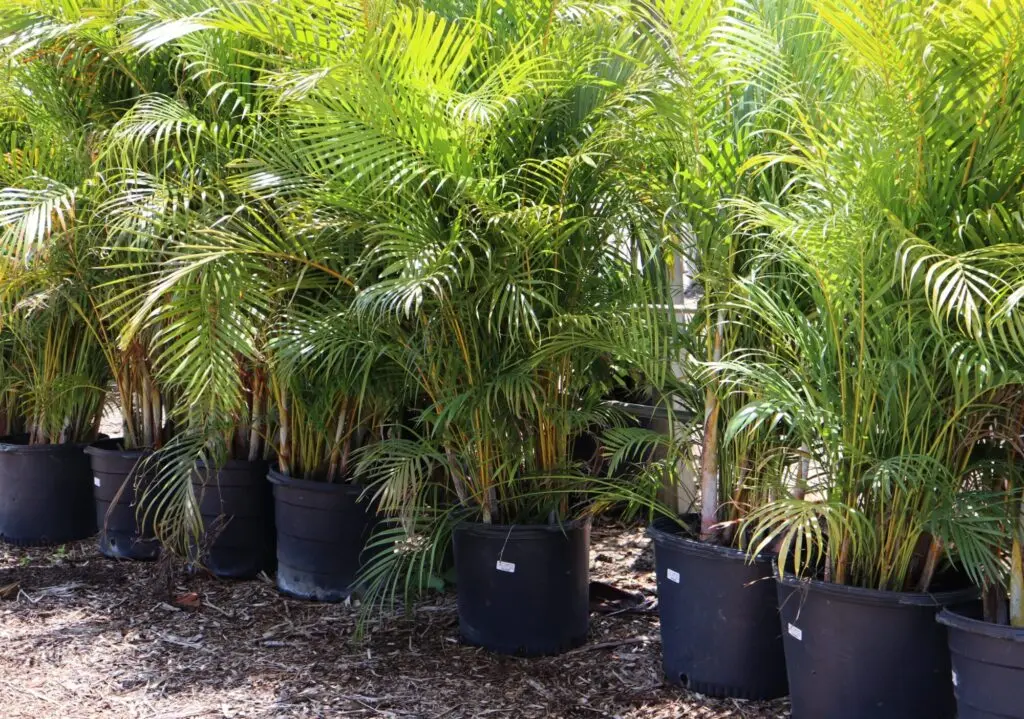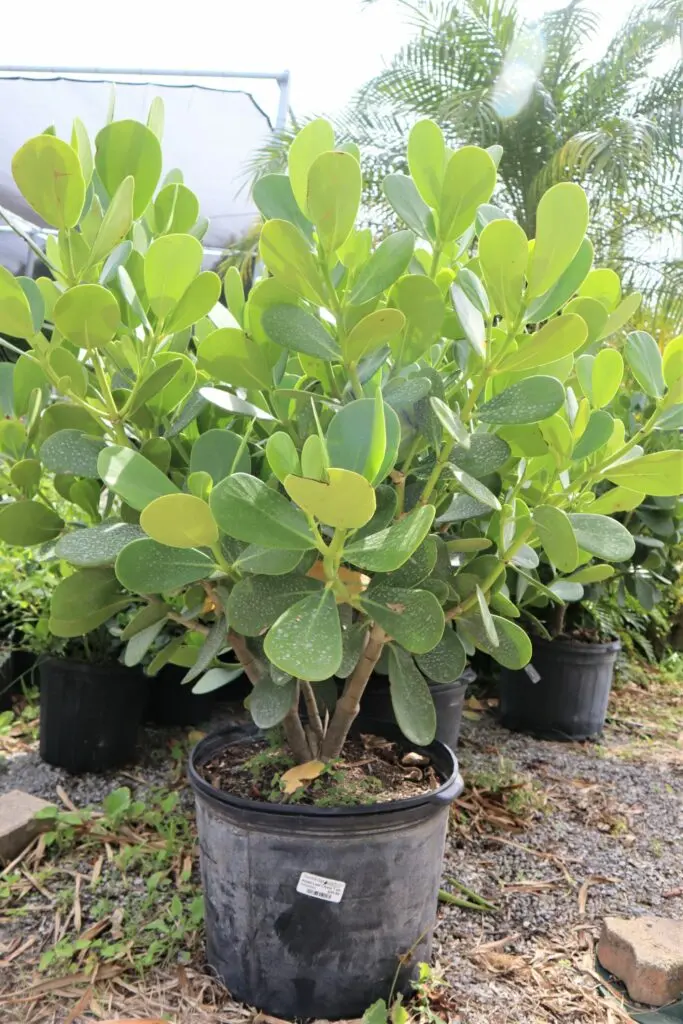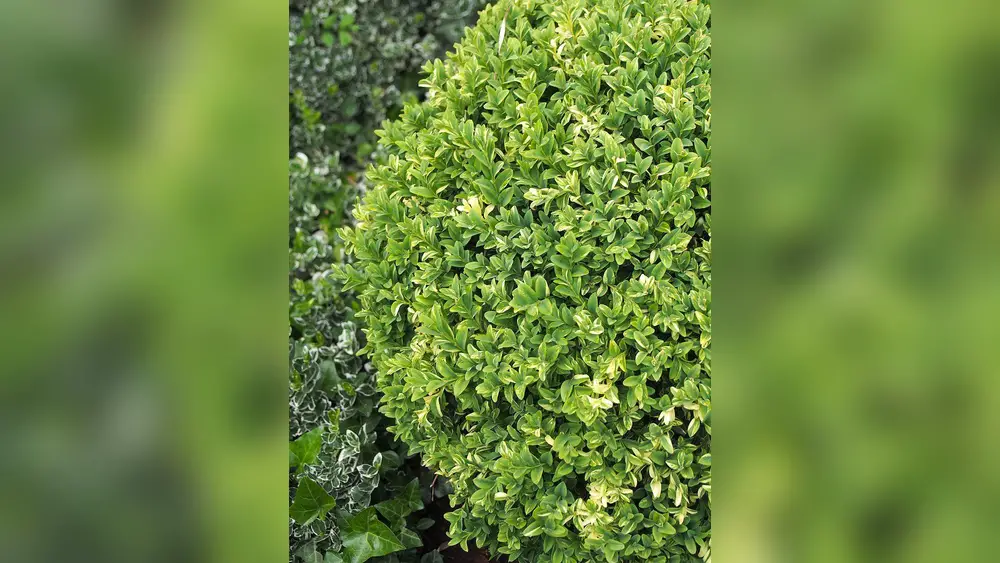Looking to create a beautiful, private hedge in Central Florida? Choosing the right plants can make all the difference in how your hedge looks and thrives.
Whether you want fast-growing evergreens for quick privacy, vibrant flowering shrubs to add color, or native plants that handle Florida’s unique climate with ease, this guide has you covered. You’ll discover which plants grow best in Central Florida’s heat and humidity, how to match your hedge to your yard’s style, and tips to keep maintenance low.
Keep reading to find the perfect hedge plants that suit your needs and transform your outdoor space into a lush, inviting retreat.
Evergreen Fast-growers
Evergreen fast-growers offer quick, year-round privacy and lush greenery for Central Florida gardens. They fill spaces rapidly while maintaining vibrant foliage in warm climates. These plants thrive in the Florida sun and resist drought once established. Ideal for hedges, they create natural walls that block noise and wind.
Choose species that suit your soil and space. Each plant below stands out for its speed and evergreen qualities. They blend beauty with function, perfect for both residential and commercial landscapes.
Clusia
Clusia is a dense, thick-leaved plant perfect for privacy hedges. It grows quickly and tolerates dry conditions well. Its leathery leaves keep a deep green color all year. Clusia forms a strong barrier against noise and wind. This plant adapts well to Central Florida’s heat and sun.
Wax Myrtle
Wax Myrtle is a fragrant, fast-growing shrub that fills spaces fast. It produces aromatic leaves that repel insects naturally. This evergreen thrives in full sun and partial shade. Wax Myrtle’s dense foliage creates excellent screens and windbreaks. It requires little care once established.
Ligustrum
Ligustrum is a popular, versatile hedge plant with rapid growth. It grows dense, dark green leaves that provide year-round coverage. This shrub tolerates pruning well, allowing custom shapes and heights. Ligustrum fits many landscape styles and soil types. It’s a reliable choice for fast, evergreen screening.
Areca Palm
Areca Palm offers a lush, tropical look with fast vertical growth. It forms a thick hedge from ground to top quickly. This palm prefers well-drained soil and full sun to partial shade. Areca Palm adds elegance and privacy with its feathery fronds. It adapts well to Central Florida’s climate.
Podocarpus
Podocarpus grows slower but remains a favored evergreen hedge. It has narrow, dark green leaves with a neat, formal look. This plant tolerates drought and poor soil better than many others. Podocarpus works well in tight spaces and formal gardens. It creates a refined, high-end privacy screen.

Credit: rockledgegardens.com
Flowering Hedge Choices
Flowering hedges bring life and color to any Central Florida garden. They attract butterflies and birds while offering privacy. Choosing the right flowering hedge adds beauty and function. These plants thrive in Florida’s warm climate and sandy soil. Below are some excellent flowering hedge choices to consider.
Hawaiian Hibiscus
The Hawaiian Hibiscus offers large, bright flowers in red, pink, or yellow. It grows well in Central Florida’s warm weather. This plant forms a dense hedge that blooms almost all year. It prefers full sun and regular watering. The vibrant flowers attract hummingbirds and butterflies, enhancing your garden’s charm.
Orange Jasmine
Orange Jasmine is a fragrant shrub with small white flowers. It produces a strong, sweet scent that fills the air. This plant grows quickly and creates a thick hedge. It handles Central Florida’s heat and humidity well. Orange Jasmine also attracts bees and butterflies, supporting local pollinators.
Golden Dewdrops
Golden Dewdrops features delicate yellow flowers and thin, arching branches. It works well as a flowering screen or hedge. This shrub tolerates drought and poor soil, making it ideal for Florida gardens. It blooms in spring and summer, adding soft color to your landscape. Golden Dewdrops also provides shelter for small birds.
Native And Coastal Plants
Native and coastal plants suit Central Florida’s climate and soil well. They thrive with less water and care. These plants withstand salty air and strong winds near the coast. Choosing native plants supports local wildlife and maintains natural beauty. Coastal plants add texture and color while forming sturdy hedges. Below are some top native and coastal hedge plants for Central Florida.
Sweet Viburnum
Sweet Viburnum is a fast-growing shrub with dense, glossy leaves. It creates a thick, green hedge that blocks noise and wind. This plant tolerates poor soil and salt spray well. It blooms small white flowers in spring, attracting butterflies. Sweet Viburnum is easy to shape with regular trimming. It grows up to 15 feet tall, perfect for privacy screens.
Sea Grape
Sea Grape has large, round leaves with red veins. It thrives in sandy, salty soils along coastlines. This shrub grows into a thick hedge that resists wind and salt damage. In fall, Sea Grape produces grape-like clusters of fruit that birds enjoy. Its bark peels in interesting patterns, adding visual interest. Sea Grape requires little water once established and grows up to 15 feet.
Florida Boxwood
Florida Boxwood is a low-growing shrub with small, dark green leaves. It forms a neat, compact hedge ideal for partial shade. This plant adapts well to Central Florida’s humid climate. Florida Boxwood tolerates drought and sandy soil. It grows slowly, making it easy to maintain and shape. This shrub reaches about 3 to 5 feet tall, perfect for borders and foundation plantings.

Credit: rockledgegardens.com
Growth And Maintenance Tips
Choosing the best plants for hedges in Central Florida requires understanding their growth and maintenance. Proper care helps these plants thrive and look beautiful year-round. Knowing how fast they grow, their needs, and the right location ensures healthy hedges. Also, matching the hedge style to your space improves curb appeal and privacy.
Growth Rate
Growth rate varies by plant species and climate. Fast-growing plants like Wax Myrtle can fill space quickly. Slow growers such as Podocarpus need patience but require less trimming. Knowing the growth speed helps plan hedge size and shape. Regular monitoring prevents overgrowth and keeps the hedge tidy.
Maintenance Needs
Maintenance depends on the plant type and hedge size. Some plants need frequent pruning to keep shape. Others require less trimming but may need watering during dry spells. Fertilizing once or twice a year supports healthy growth. Watch for pests and diseases to avoid damage.
Site Location
Choose a site with suitable sunlight and soil conditions. Most hedge plants in Central Florida prefer full sun to partial shade. Well-drained soil prevents root rot and stress. Avoid windy or overly shaded spots to reduce damage and disease risk. Proper placement improves growth and hedge longevity.
Hedge Style
Hedge style depends on plant choice and garden design. Formal hedges suit neatly trimmed plants like Ligustrum. Informal styles work well with natural, flowing plants such as Clusia. Consider plant height and width for space and privacy needs. The right style enhances landscape beauty and function.

Credit: www.groundsource.pro
Frequently Asked Questions
What Plant Makes The Best Hedge In Florida?
Clusia and Wax Myrtle are top fast-growing, drought-tolerant hedges in Florida. Podocarpus and Ligustrum offer classic evergreen options. Native choices like Sweet Viburnum and Sea Grape suit coastal areas. For low maintenance, use Areca Palm or Florida Boxwood. Choose based on growth rate and location.
What Are The Best Low Maintenance Hedge Plants?
Best low maintenance hedge plants include Podocarpus, Florida Boxwood, Clusia, and Wax Myrtle. These tolerate drought, require minimal pruning, and suit various Florida landscapes. They provide dense, evergreen coverage with easy care, ideal for privacy and coastal environments.
What Is The Best Month To Plant A Hedge?
The best month to plant a hedge is early spring or fall. These seasons offer mild temperatures and adequate moisture for root establishment. Planting during these times helps hedges grow strong before extreme weather arrives. Avoid hot summer months to reduce transplant stress and improve survival rates.
What Plant Makes A Nice Hedge?
Clusia, Wax Myrtle, Podocarpus, and Ligustrum make excellent hedges with fast growth and dense foliage. Sweet Viburnum and Sea Grape suit coastal areas. Areca Palm and Florida Boxwood thrive in partial shade and require low maintenance. Choose based on growth rate, climate, and desired privacy.
Conclusion
Choosing the right plants can shape your hedge’s success in Central Florida. Plants like Clusia and Wax Myrtle grow fast and stay green year-round. Native options such as Sweet Viburnum fit well in local landscapes and resist coastal conditions. For a flowering touch, Hawaiian Hibiscus adds color and charm.
Consider your space, sunlight, and watering needs before planting. Healthy hedges bring beauty, privacy, and shade to your yard. Start with these top choices to create a strong, lasting hedge today.

